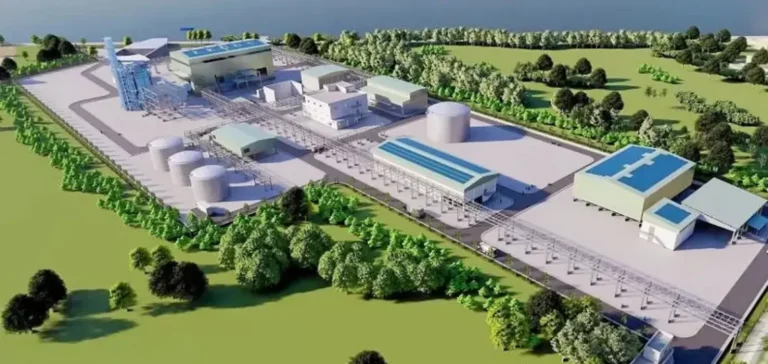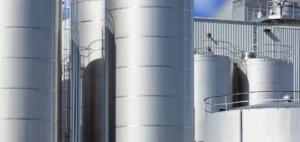GE Vernova, a US-based electric services company, has partnered with Singaporean power producer YTL PowerSeraya to conduct a feasibility study on carbon capture at a planned power plant. The 600-megawatt facility, designed to be hydrogen-ready, will be located on Jurong Island, the country’s main industrial hub, and is expected to be completed by the end of 2027.
A project targeting 90% of emissions
The study will evaluate a post-combustion carbon capture system capable of removing at least 90% of carbon dioxide (CO₂) emissions generated by the plant. The project will be partially funded by Singapore’s Energy Market Authority, the national energy regulator. The initiative aims to test the integration of this technology within a combined-cycle setup without compromising the plant’s energy performance.
GE Vernova’s first assessment in Singapore
This is GE Vernova’s first carbon capture study in Singapore. The company seeks to improve the efficiency of capture processes while minimising their impact on electricity output and operational costs. Ramesh Singaram, President and Chief Executive Officer of GE Vernova’s Gas Power division in Asia Pacific, stated that the initiative will help tailor future capture technologies to the specific demands of the local power grid.
An industrial issue for the region
Natural gas remains the dominant source of electricity generation in Singapore, making this project a significant step for the development of thermal infrastructure in the region. The integration of carbon capture systems into existing or planned facilities is a key focus for power producers aiming to reduce regulatory exposure and enhance industrial resilience.






















